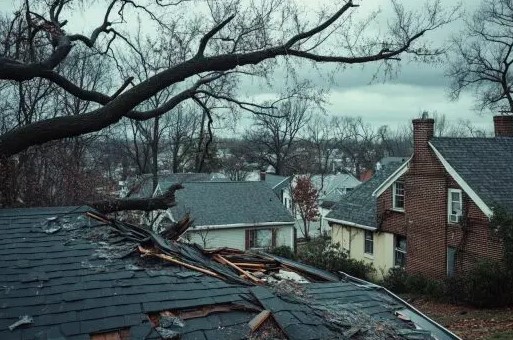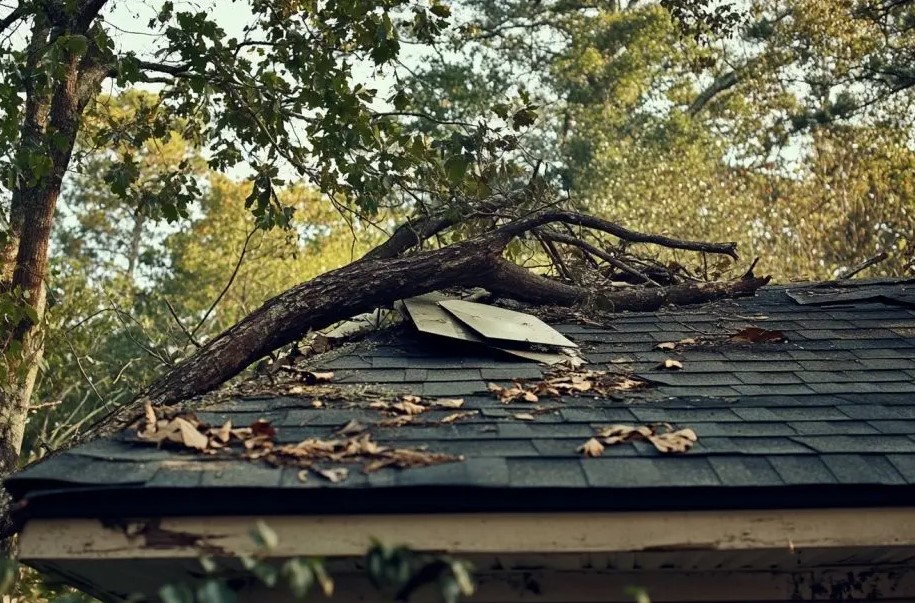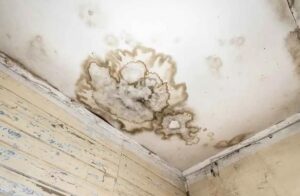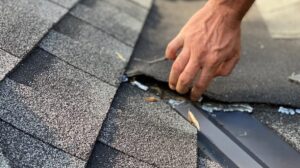Springtime in Gainesville, FL, is a beautiful season filled with blooming flowers, warmer temperatures, and, unfortunately, unpredictable storms. While these storms bring much-needed rain, they can also wreak havoc on your home—especially your roof. That’s where Best Choice Roofing comes in! As a trusted roofing company, we know how important it is to keep your asphalt shingle roof in top shape, and one major threat you should watch out for is tree debris.
When strong winds and heavy rains roll through, tree limbs and debris can fall onto your roof, causing severe damage if not addressed promptly. Homeowners in Gainesville are no strangers to severe weather, and being prepared can save you from costly repairs down the line. Let’s dive into why it’s crucial to be proactive and explore five ways to handle tree debris on your asphalt shingle roof after a storm.
Why You Shouldn’t Ignore Tree Debris on Your Roofing
Your roof is your home’s first line of defense against the elements, and even minor damage can lead to major issues. When tree limbs and debris land on your asphalt shingles, they can loosen, crack, or puncture them. This opens the door to leaks, mold growth, and structural damage. By taking quick action, you can lengthen the lifespan of your roof and avoid expensive and unnecessary repairs.
5 Smart Ways to Handle Tree Debris on Your Asphalt Shingle Roof
1. Inspect Your Roof (Safely!)
After a storm, it’s crucial to check your roof for debris. That being said, climbing onto your roof can be dangerous, especially if it’s wet or unstable. Instead, do a visual inspection from the ground using binoculars or safely access a ladder for a better view. Look for large branches, scattered leaves, and any visible damage.
2. Remove Small Debris Quickly
Leaves, twigs, and small branches may seem harmless, but they can trap moisture and cause your shingles to deteriorate faster. You can try to use a broom or even a leaf blower to remove small debris gently. You should try not to use pressure washers, as they can ruin the protective granules on your shingles.
3. Address Large Branches with Caution
If a large limb has fallen onto your roof, resist the urge to remove it yourself. Heavy branches can shift unexpectedly, leading to further damage or injury. Instead, call a professional roofing contractor or a tree removal service to handle the situation safely.
4. Check for Hidden Damage
Even if the debris is removed, your roof may have sustained damage that isn’t immediately visible. Look for missing or cracked shingles, dented gutters, or sagging areas. If you’re unsure, a professional roofing inspection can give you peace of mind and catch problems before they escalate.
5. Schedule a Professional Roof Inspection
After a major storm, it’s always a good idea to have a professional inspect your roof for hidden issues. Best Choice Roofing offers thorough inspections and expert repairs to ensure your asphalt shingle roof remains in peak condition. Regular maintenance can prevent leaks, mold, and costly replacements down the road.
Protect Your Gainesville, FL, Home—Call Best Choice Roofing Today!
Gainesville’s stormy weather is unpredictable, but your response doesn’t have to be. By taking proactive steps to handle tree debris, you can safeguard your home and extend the life of your asphalt shingle roof. If you suspect damage or just want to ensure your roof is in top shape, don’t wait—contact Best Choice Roofing today for a professional inspection and expert repairs. Your home deserves the best protection, and we’re here to provide it!




